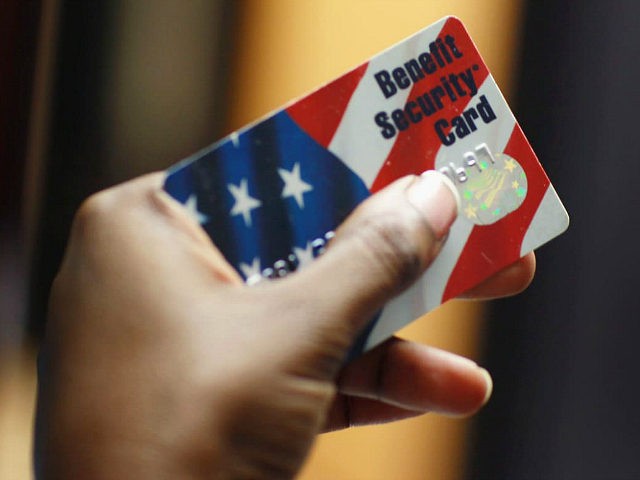The year 2019 brought a lot of changes to the way food stamps are distributed at the state and federal levels, all to prevent fraud and overdependency.
Some reforms originated in the statehouse while others were put into place by the U.S. Department of Agriculture under the federal government.
Here is a list of five of those reforms that were introduced as bills in statehouses or as proposals/rules in the USDA. While some reforms failed to see the light of day, a few food stamp reforms passed muster and are going into effect.
- Texas State Representative Sponsors Bill Requiring Photos on EBT Cards
A Texas state representative looking to combat food stamp fraud introduced a bill in February, which would require the state’s health and human service commission to add names and photos to state identification cards for food stamp users. The state ID cards give food stamp users access to government welfare programs such as the Supplemental Nutrition Assistance Program (SNAP) and Temporary Assistance for Needy Families (TANF). The bill was referred to the state’s human services committee for review.
2. Arkansas Bill Would Stop SNAP Users from Using Benefits to Buy Junk Food
An Arkansas lawmaker introduced a bill in March that would stop food stamp users from using their benefits to buy junk food. Arkansas state Rep. Mary Bentley (R-Perryville) filed House Bill HB1743 to keep food stamp users who receive SNAP benefits from spending their allotted benefits on soft drinks, energy drinks, candy, and dietary supplements. The bill died on the House calendar in April and was not passed.
By subscribing, you agree to our terms of use & privacy policy. You will receive email marketing messages from Breitbart News Network to the email you provide. You may unsubscribe at any time.
3. Alabama Lawmaker Seeks to Legalize Drug-Testing for Food Stamp Users
An Alabama lawmaker introduced a bill in March that would make it legal for some SNAP benefit recipients to undergo drug testing. House Bill 3, introduced by Alabama state Rep. Tommy Hanes (R-Bryant), would require those receiving benefits under the Supplemental Nutrition Assistance Program (SNAP) to undergo drug testing if there is a “reasonable suspicion” they are using drugs. The bill eventually died in the House Committee on the Judiciary.
4. “Public Charge” Rule Released to Deny Green Cards for Immigrants Who Use Food Stamps
The Trump administration released a regulation in August that would make it harder for immigrants who use public assistance such food stamps, Medicaid, or other forms of welfare to receive green cards and become U.S. citizens. The reform was enacted so those receiving welfare such as food stamps would have to prove to immigration officials that they are self-sufficient enough to live in the U.S. without public assistance.
5. USDA Finalizes SNAP Proposal Promoting Nationwide Work Requirements
The USDA finalized a rule in December proposing that those who are able-bodied working adults without dependents between the ages of 18-49 who receive food stamps for more than three months in a 36-month period must work, go to school, receive job training, or volunteer to receive benefits. This proposal is expected to go into effect on April 1, 2020.
States have been proposing similar reforms for years, with Alaska being the latest state to pursue this line of welfare reform.
There are currently 36,322,055 individuals and 18,443,991 households enrolled in the food stamp program. Still, USDA officials said those numbers are “preliminary” due to the 2018 government shutdown, which affected food stamp administration at the beginning of 2019. But the numbers show a declining trend— thanks to reforms like these that are being introduced into society.

COMMENTS
Please let us know if you're having issues with commenting.